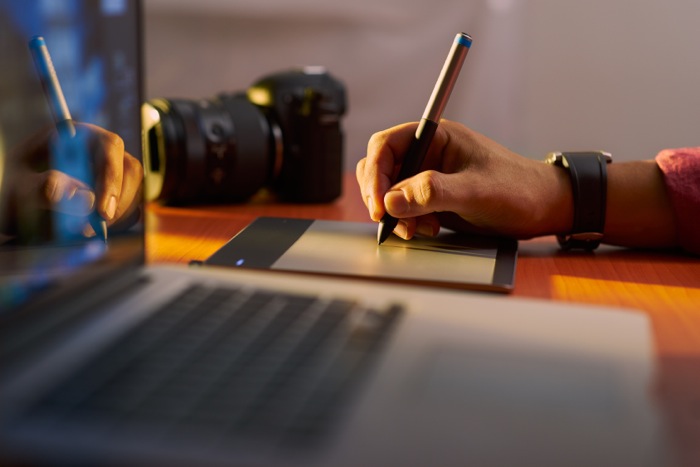Image manipulation with Python
Welcome to the course about image manipulation with Python for digital artists! In the next lessons from this course, I will teach you how to use Python to edit, process and manipulate images.
You may be asking yourself, why should I learn Python to do that?
That is a great question!
Python for digital art software
Python is a popular scripting and programming language that has applications in many fields. From powering huge social networking sites, process scientific data, offer machine learning tools and much more. I could stay all day listing fields and business that benefit from Python.
For digital artists, Python is quickly becoming a cross-platform tool to create automation and custom tools for digital art software. For instance, Blender has strong ties with Python. In fact, under the hood, you will find that Blender has Python builtin and responsible for lots of their features.
And even commercial software is getting Python support. You will find tools to use Python inside 3ds max and other commercial 3d software.
A lot of studios and professionals use Python to create custom tools and automation for repetitive tasks inside software like Blender and 3ds max.
Python for digital art
A digital artist would have incredible benefits from learning and using Python on a daily basis. Not only will save time by creating custom scripts to help you process information, but you will also add a unique skill to your resume.
You can list Python scripting experience!
Some digital artists end up running away from scripting because they will mostly focus on the visual elements of their work. The reason for that is a mix of fear from “coding” and also the lack of a guide that is not made strictly to programmers.
Python for digital artists (non-programmers)
The objective of this course is to offer you a way not only to learn Python but to find a way to apply that knowledge to your daily basis. All digital artists must deal with images! It can be either a render or photo; you probably will have to resize, crop, adjust, process and convert that file (Image 1.1.1).

Image 1.1.1 – Digital Artist
Using Python, you can make that all incredibly easy and fast. Using Python, you can create routines that will process 1, 10, 100 or 1000 images. By taking what you will learn and apply that on real-world scenarios instantaneity, your confidence on using Python will grow!
I believe that after the course, you will find yourself motivated to expand your knowledge and use Python to create custom tools and automation for 3d software and embracing Python in your workflow.
Other benefits of using Python
Besides giving you incredible automation tools, flexibility and power to create your own custom scripts you will also find in Python the following benefits:
- Free and open-source
- Cross-platform (Works on Windows, MacOS, and Linux)
- Hundreds of modules to improve your work (all free)
Are you ready for a jumpstart on Python for digital artists? Go to the next section and let's begin!

